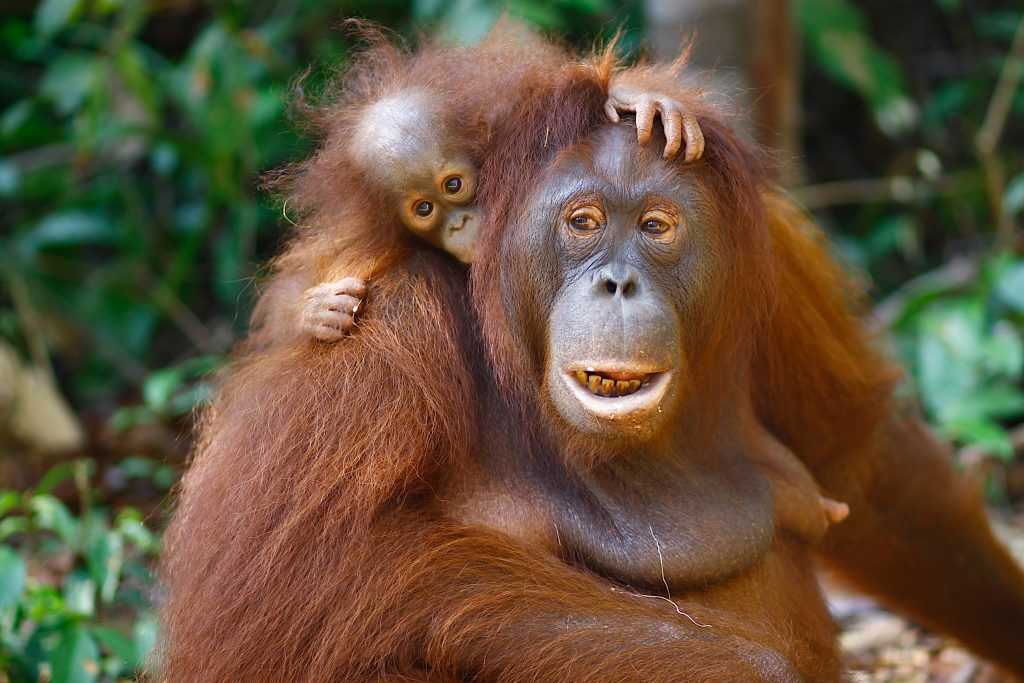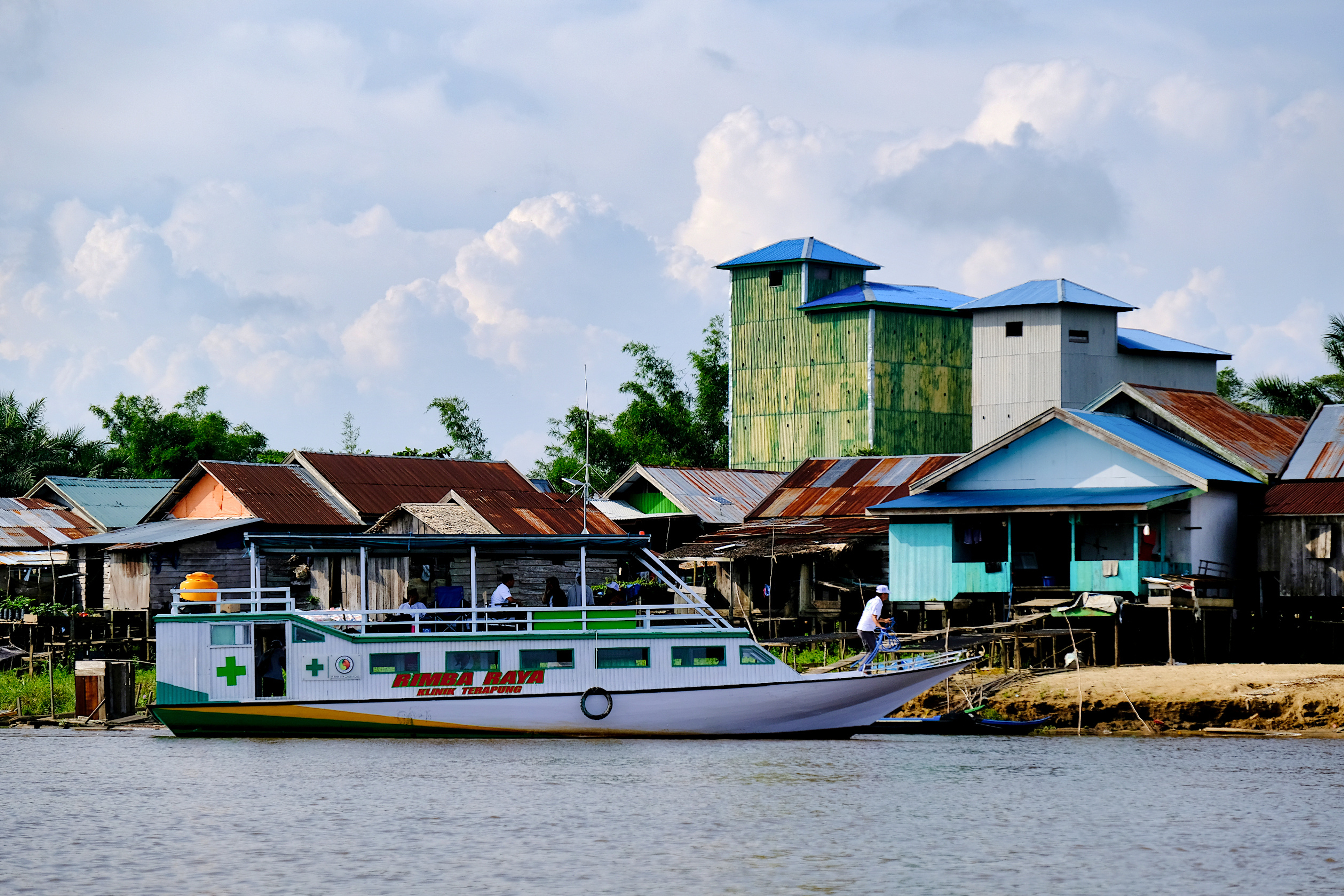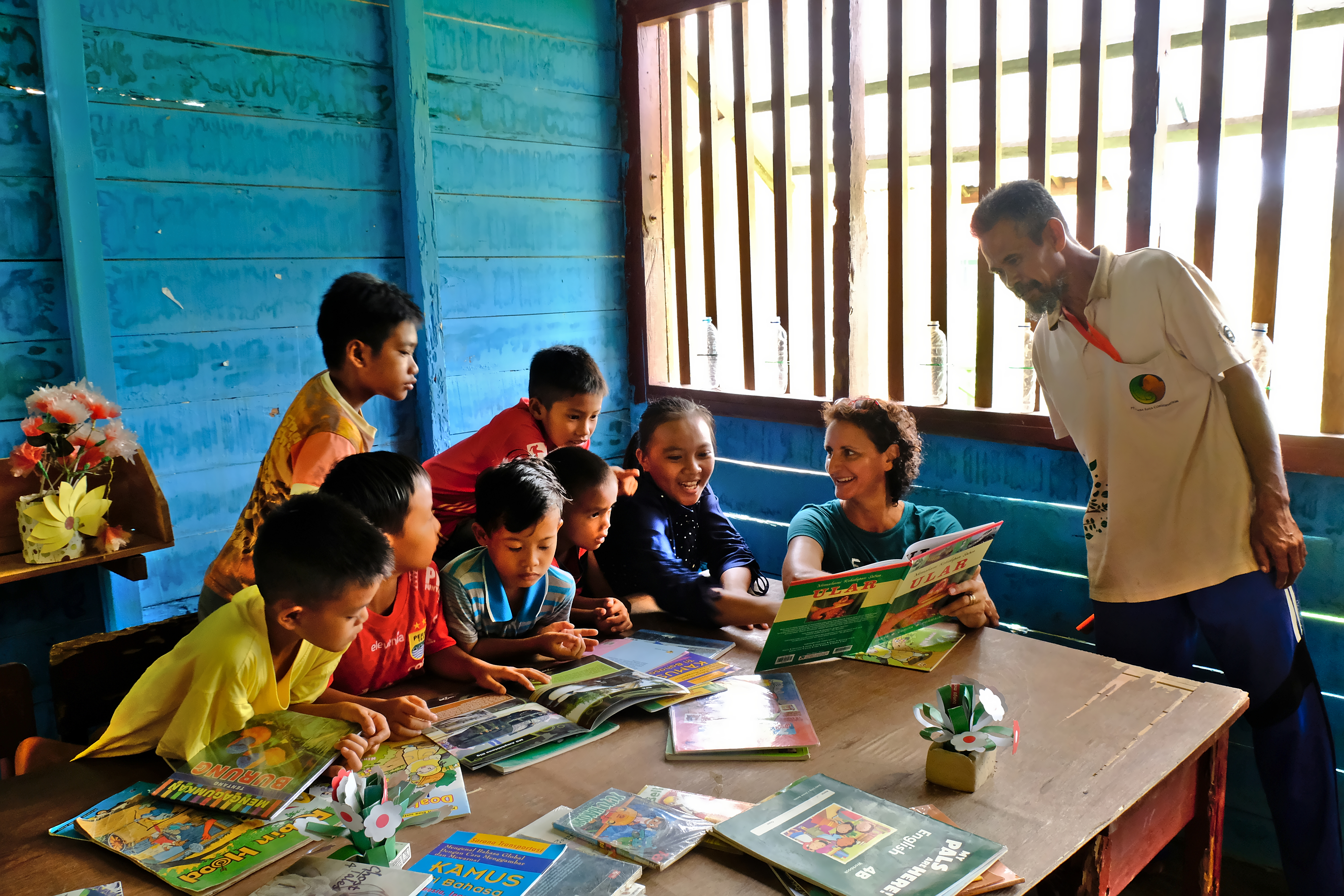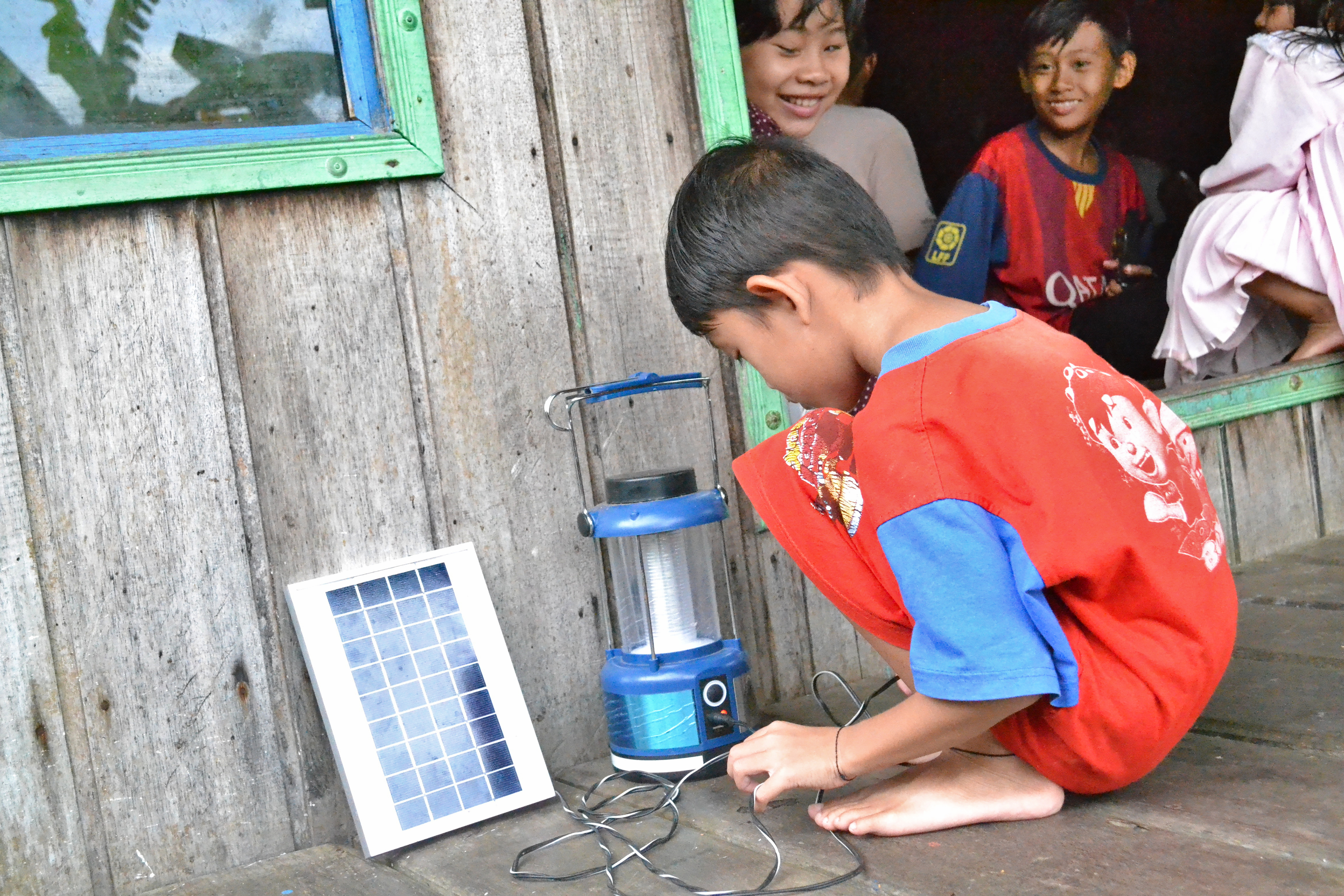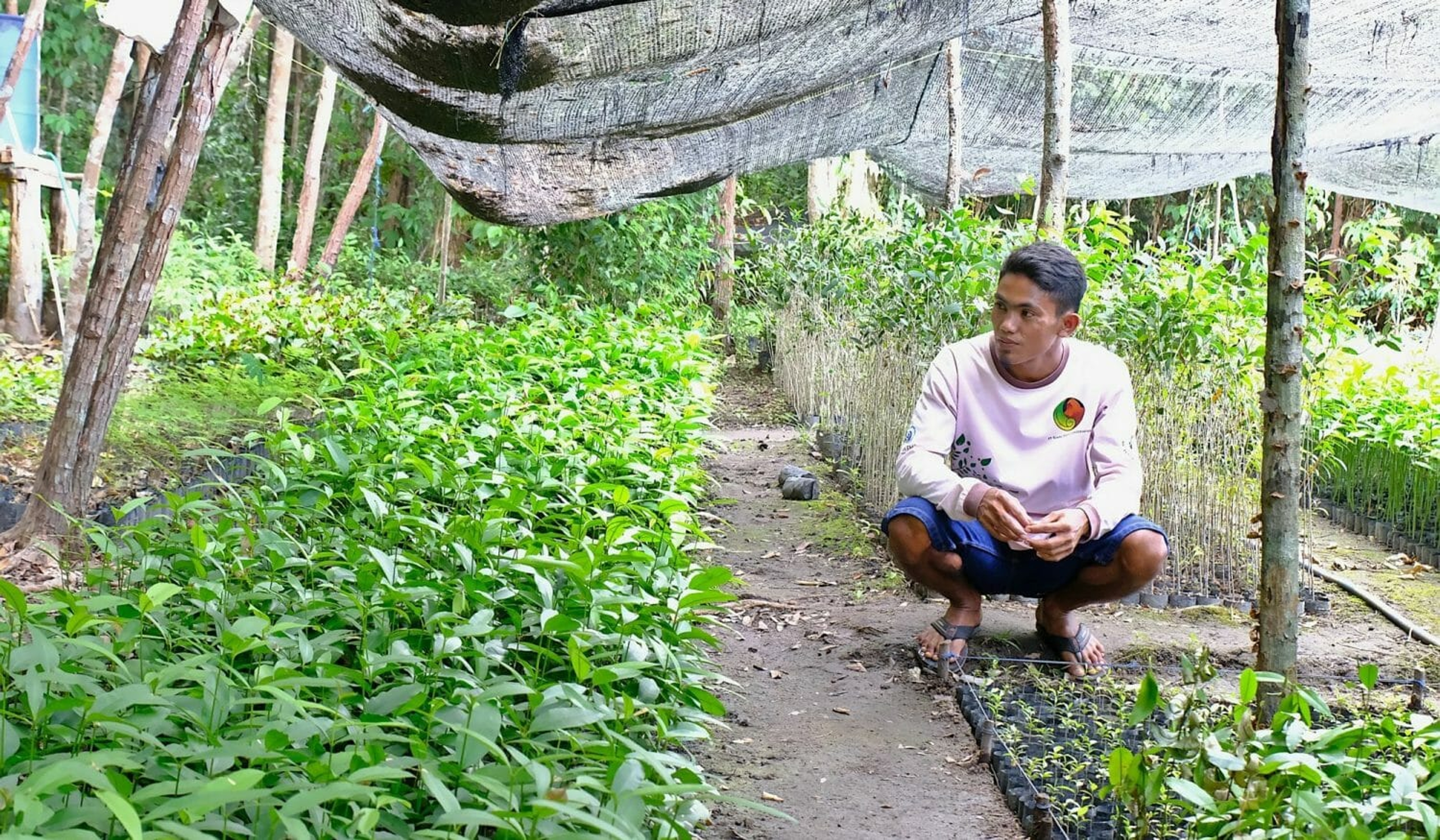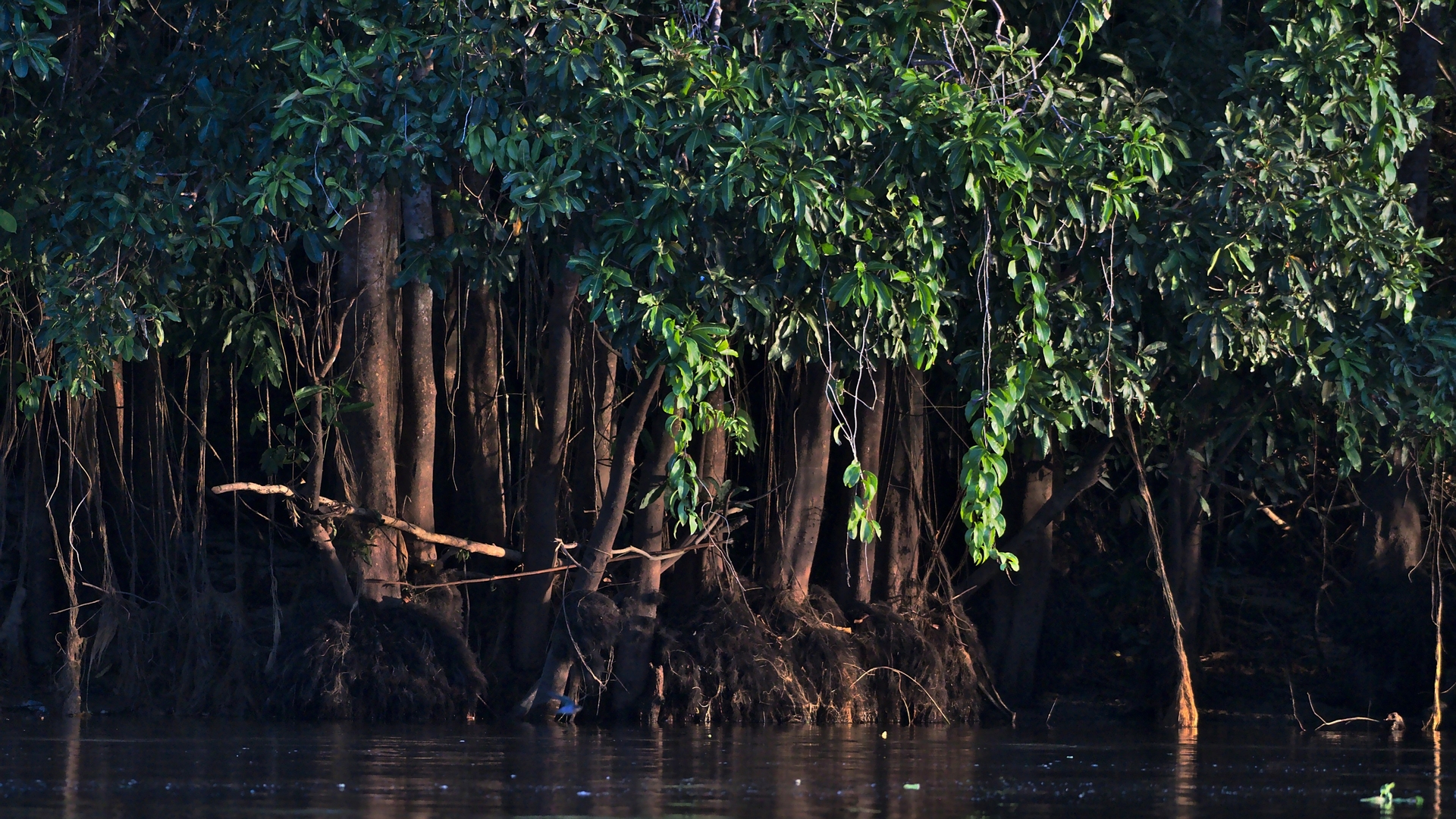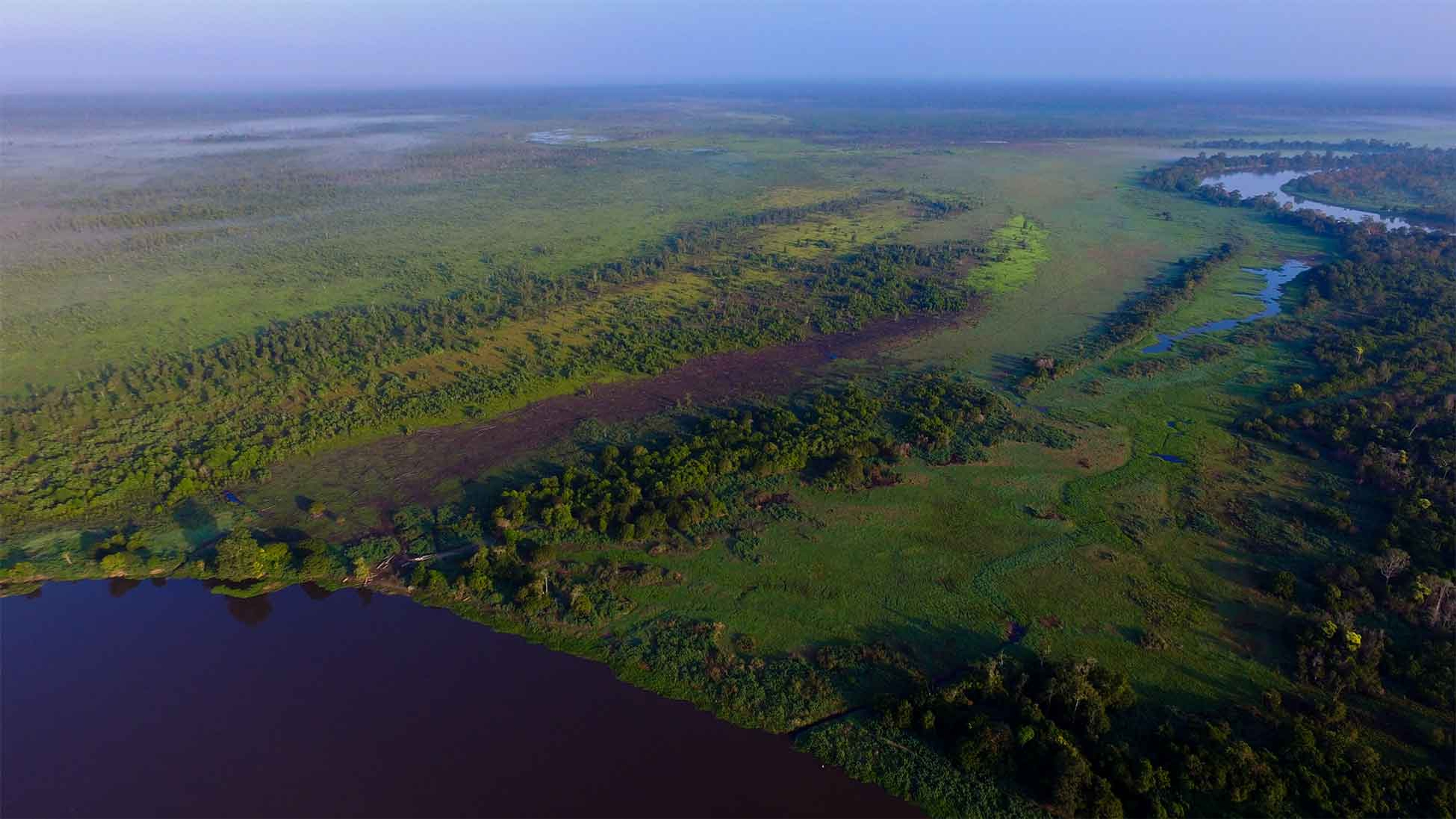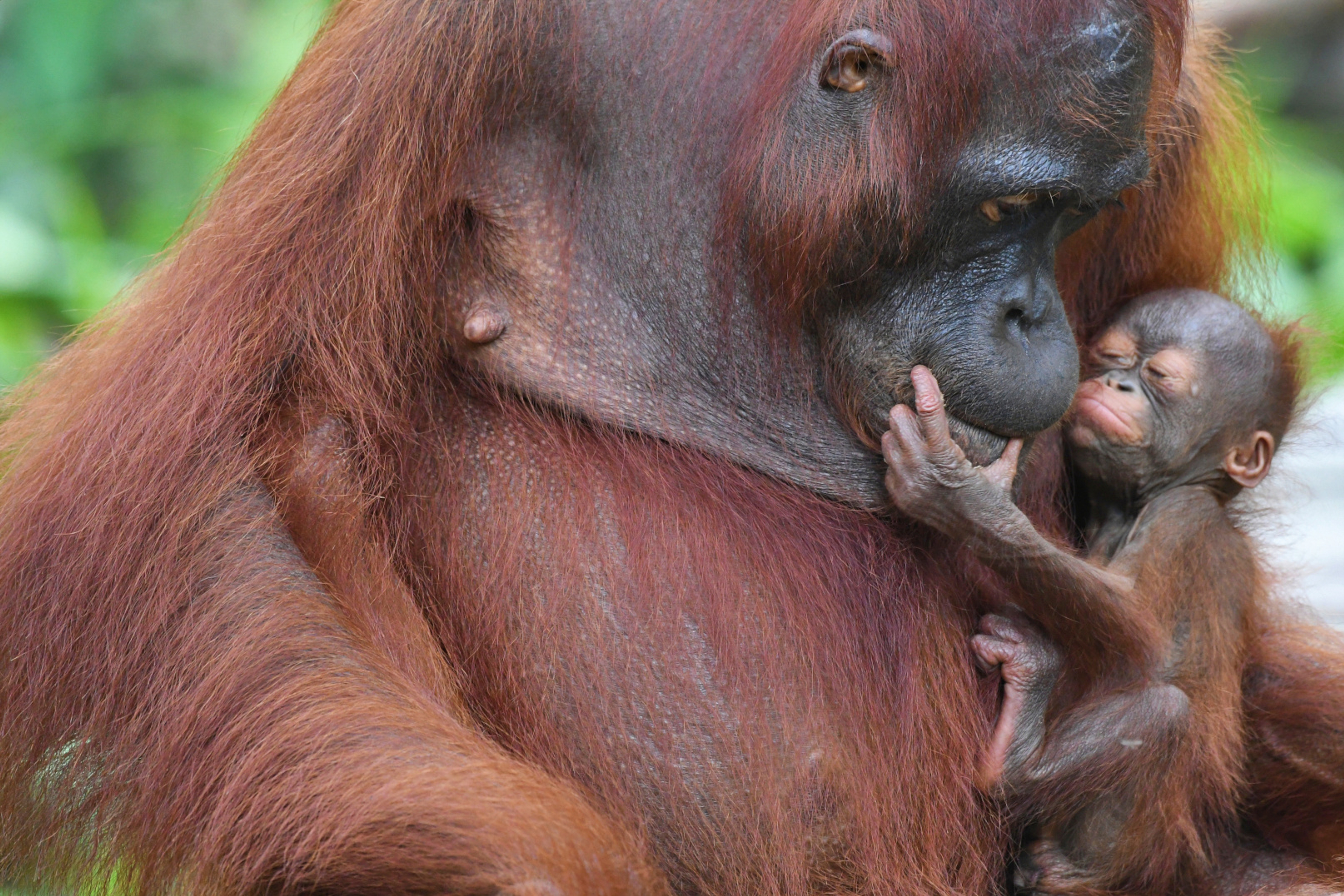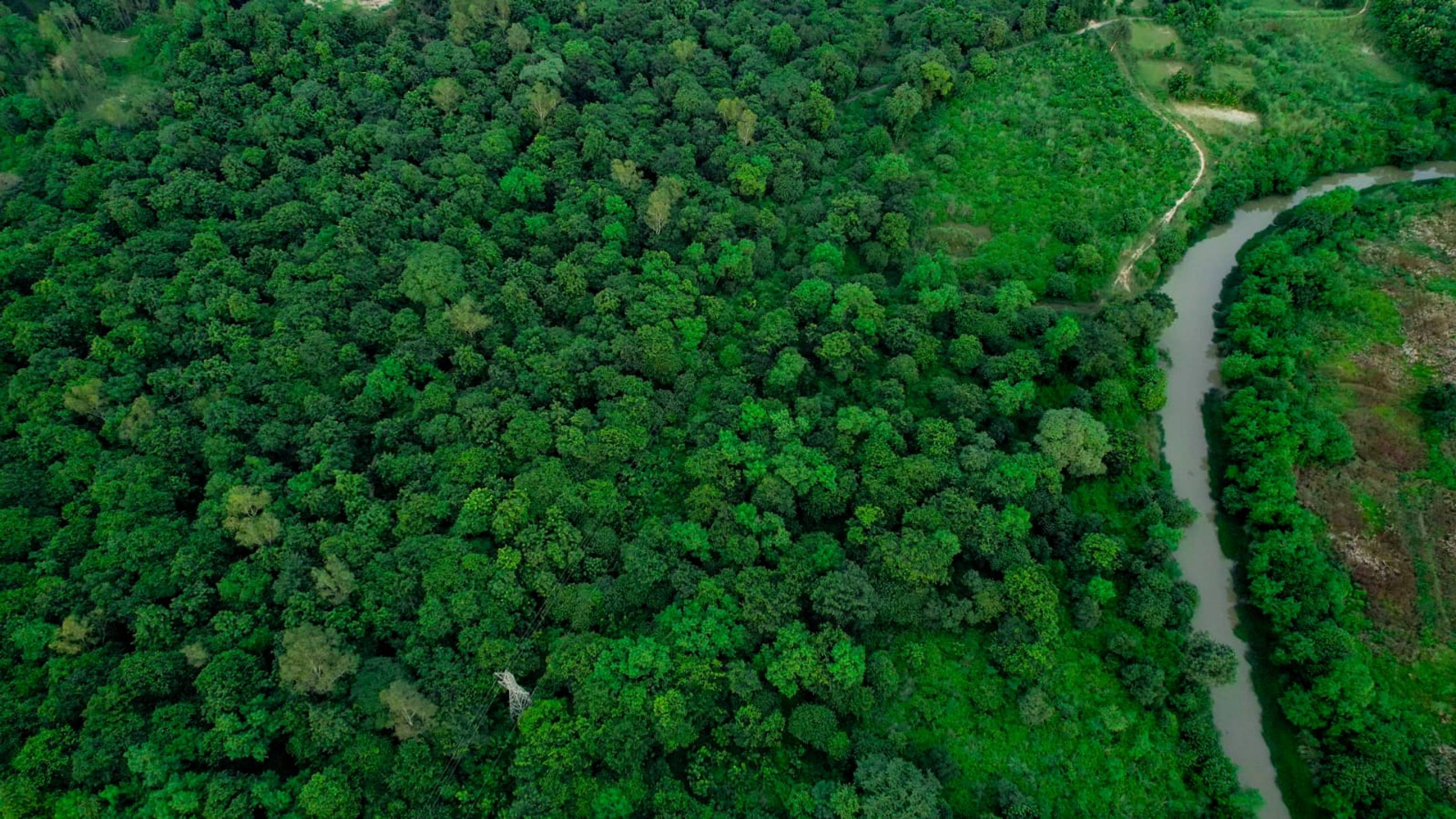Using carbon revenues to build an alternative to forest conversion
Indonesia is losing over 2.5M hectares of forest cover annually often due to clearing for agricultural use. This is an area roughly equivalent to the size of Belgium. In the absence of this project, palm oil companies would convert the area and, consequently, 14 local forest communities along the eastern edge of the reserve would face the threat of losing their land.
The project recognizes that local community involvement is necessary to launch and sustain a new mechanism for valuing forests, so local communities have been integral to the planning and development of various initiatives.
This project ultimately aims to use carbon credit revenues for project area protection, local community development, and provincial government infrastructure to build a viable alternative to forest conversion.
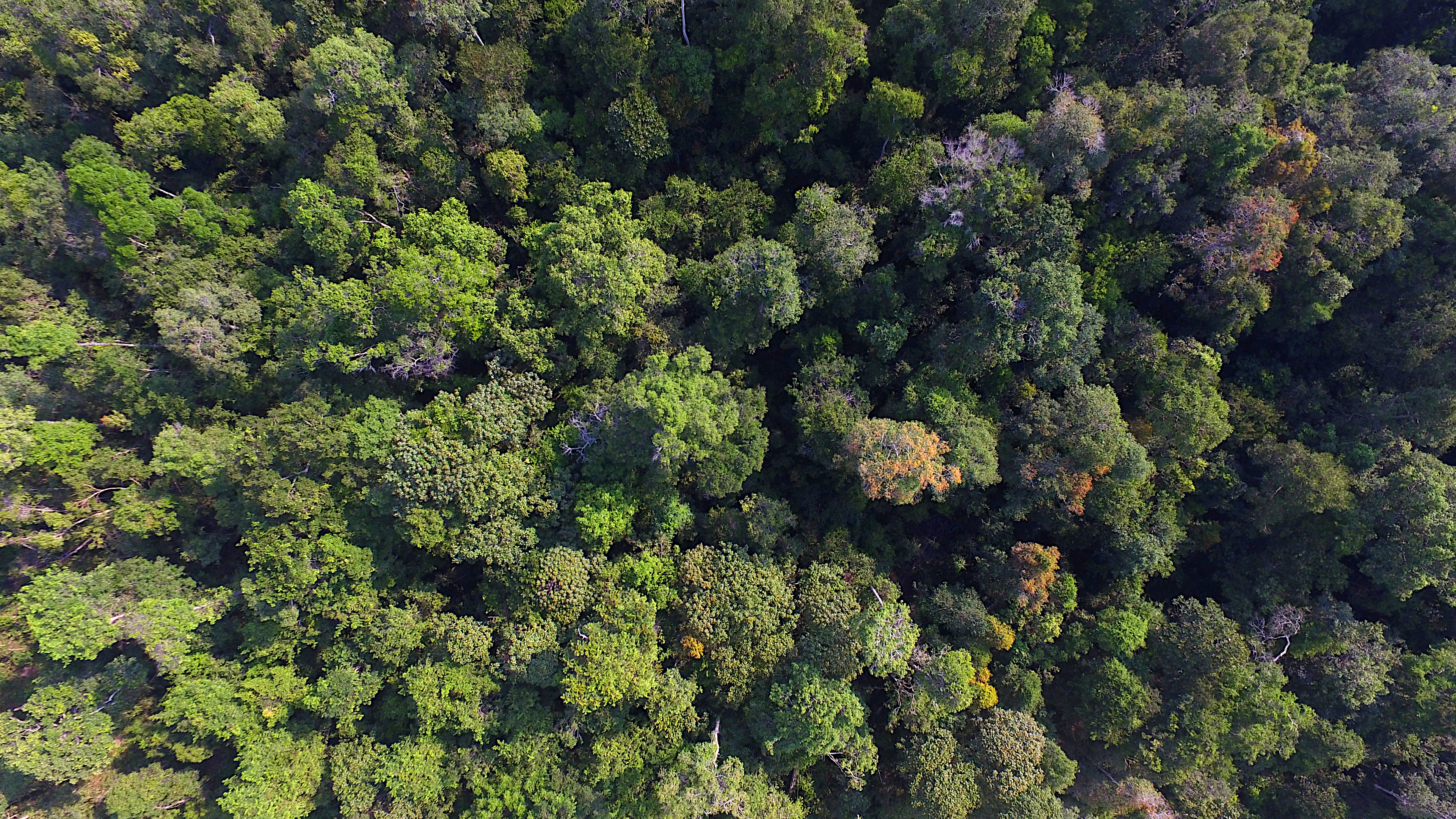
Aerial view of the Central Kalimantan Peatlands forest.




